Chef Bhairav Singh charts a route across the length and breadth of India to bring you lost recipes of the irresistible shami kebab
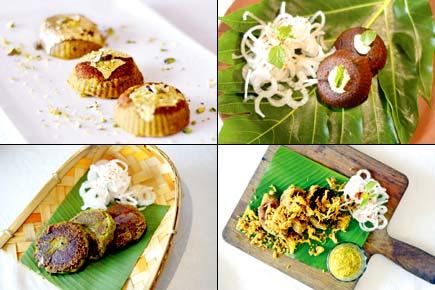
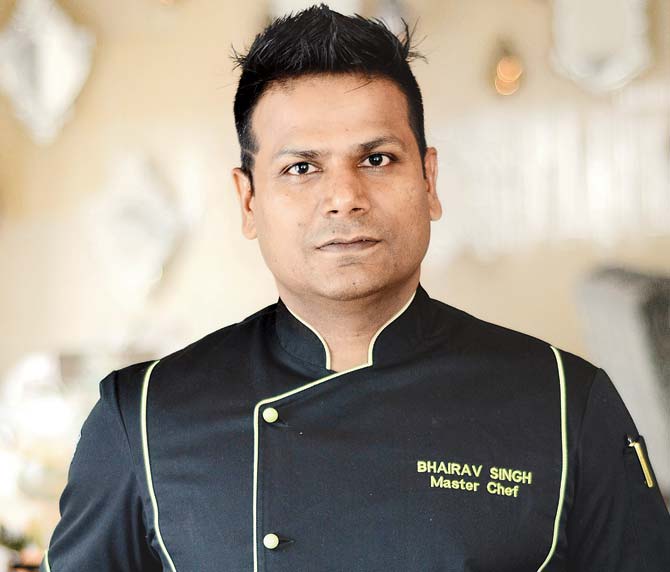
Chef Bhairav Singh
ADVERTISEMENT
How the Shami Kebab earned its name makes for an interesting culinary anecdote. The earliest kebab in history is believed to have been made in South Asia using beef mixed with chana dal. “The first khansama who made it went by the name Shami, and thus the name stuck,” shares chef Bhairav Singh of Kebab Korner at InterContinental. A server places three chutneys, Galka (made from sweetened raw mango and black cumin), Walnut and Mint to be had with the shamis that are the focus of Simply Shami, a festival which starts today. It highlights shami kebabs from various regions beyond the famous Shikampuri Kebab of Hyderabad.
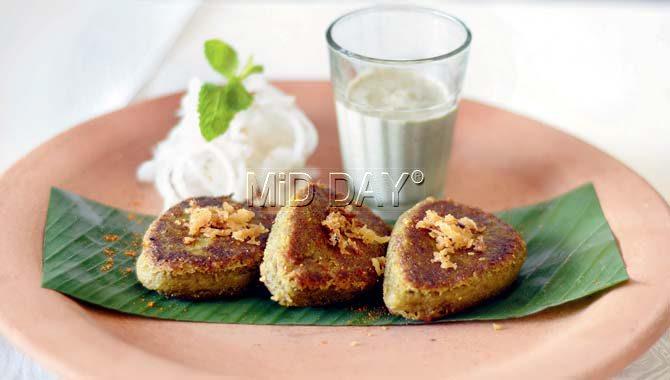
Kashmir: Nadru Ke Shami
This dish, created by Kashmiri Pandits, has lotus stem mash filled with walnuts, making it a delicious combination of nut and stem. The use of dry mint gives a cooling touch to the mildly spiced kebab. “We serve it with shalgam (turnip) for easy digestion,” says Singh.
Cost: '1,040
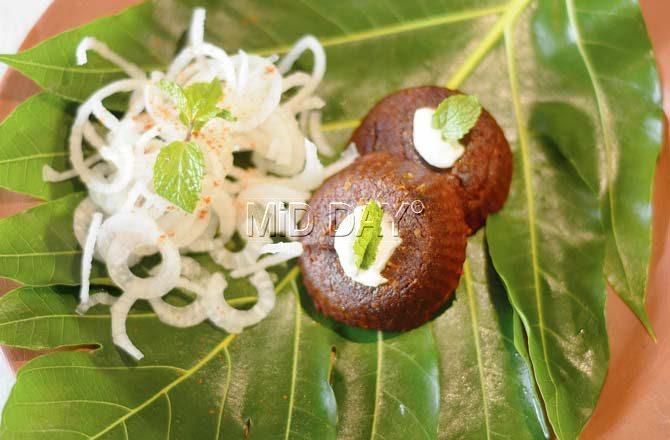
Lucknow: Chotey Tamatar ki Shami
Interestingly, tomatoes didn’t arrive in India until 1847; most of the earlier Mughal recipes did not mention the ingredient. Originally, Nihari or Korma was made without tomatoes, the trend only changing after it became readily available in India. “Today, 80 per cent of recipes use tomatoes,” says Singh, who uses thin slices of desi tomatoes and spreads them on a kitchen towel near the tandoor so they get roasted naturally. The kebab is a deep red, and our eyes crinkle as a result of its tangy welcome on the palate. The shami has a thin filling of a sunflower seed paste mixed with the malai layer of yoghurt and mint.
Cost: '1,040

Sindh: Asharfion ki Shami
Dating back to the Mohenjodaro era, this mince chicken preparation is the prettiest, topped with a gold sheet and roasted pistachios. On the drier side, the presentation is inspired by the gold coins (asharfis) created during the Mughal dynasty. The shami is flavoured with dhakni mirchi or white pepper and finished with Himalayan salt.
Cost: '1,355
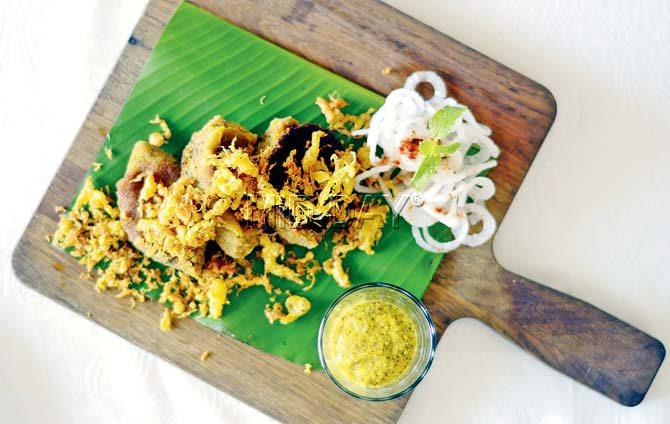
West Bengal: Mahi Dilkhus
In Kolkata, one will find many versions of fish cutlets, and at the Tangra Market, Singh was exposed to a unique Chinese version that the Tibetans, Northeastern tribes and Nepalis sold. “I converted the Anglo-Bengali fish cutlet into a minced kebab, using catla (a bony fish many avoid for its intense deboning process). This comes topped with fried egg puff fritters. Of melt-in-the-mouth consistency, the flavour of mustard takes centre stage, and the egg puffs offer a crunchy texture along with the bread crumb coating.
Cost: '1,355
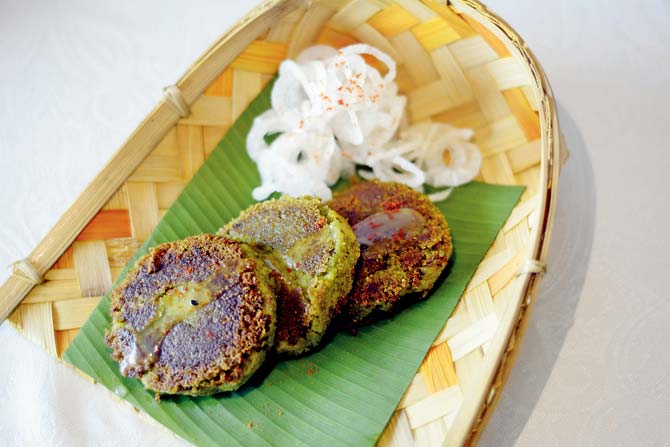
Punjab: Shami Choliya Di
While waiting for a bus in Ambala (Haryana), Singh tucked into a serving of oily choliya vegetable with kulcha. That’s when the choliya, available only in the winter months from January to March, caught his fancy. Research led him to discover a sketchy history of tikkis made using mashed choliya during the reign of the Patiala Shahi dynasty. On his way from Delhi, he picked up fresh water chestnuts, and this shami is a combination of the two ingredients, mixed with asafoetida, cumin and of course, lots of ghee.
Cost: '1,040
Till: May 29, 12 pm to 3 pm, 7 pm to 11.30 pm
At: Kebab Korner, InterContinental, Marine Drive.
Call: 39879999
 Subscribe today by clicking the link and stay updated with the latest news!" Click here!
Subscribe today by clicking the link and stay updated with the latest news!" Click here!






